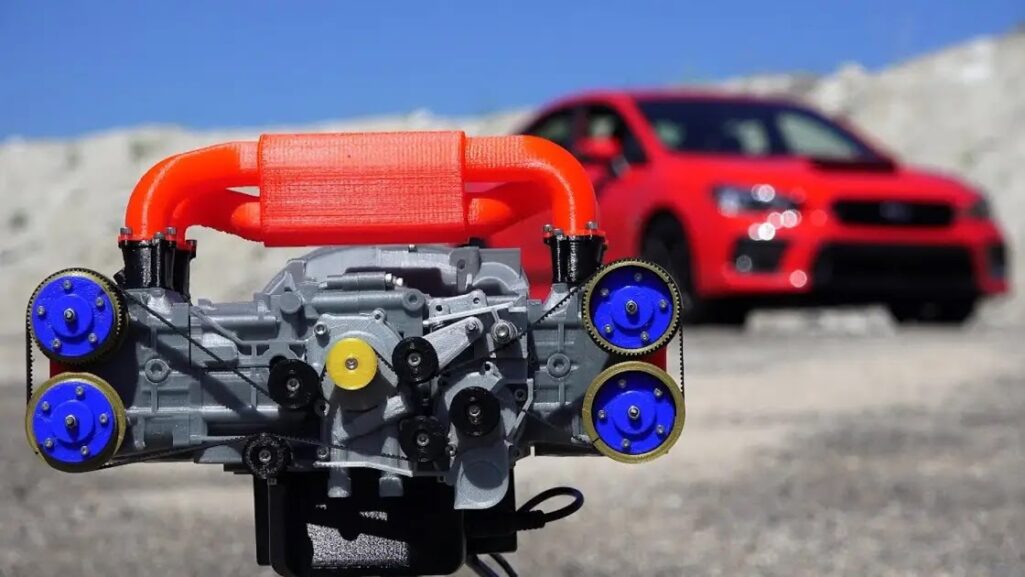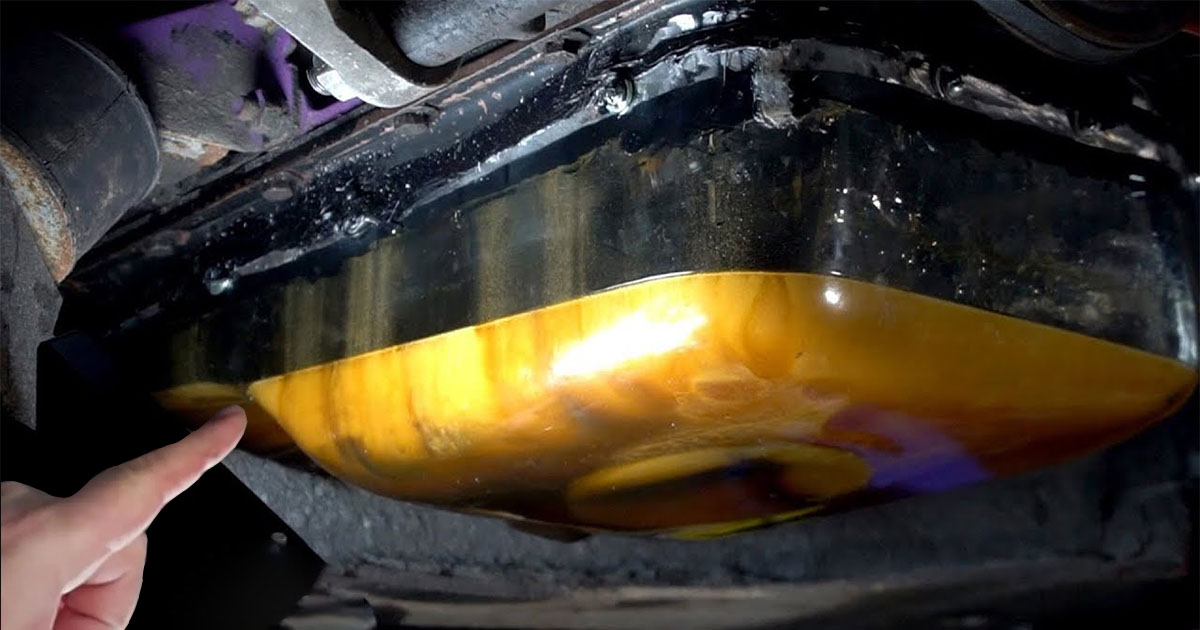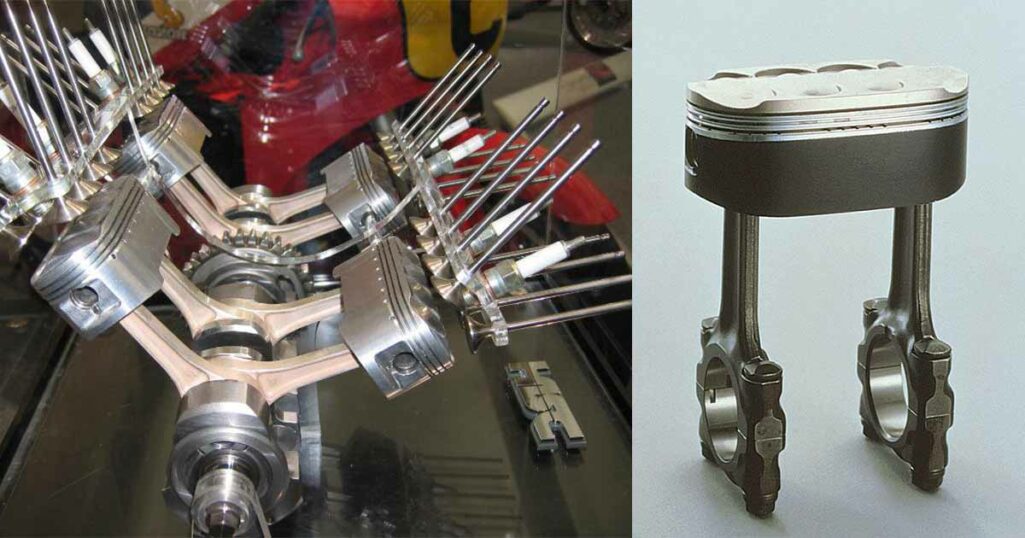
The Honda NR750, released in 1992 and cost $50,000, was limited to only 200 bikes, making it a once-in-a-lifetime opportunity for the general public to possess a motorbike powered by Honda’s oval piston engine, which the company had been developing since the 1970s.
This engine was a big surprise for the industry when it was first released. It was a smart step by Honda to overcome a big problem that was facing the industry at that time.
Having a unique shape piston that looks like two pistons merged together to form a 2-in-1 oval-shaped piston, this engine seems weird and makes us ask some questions.
Why would Honda produce an oval piston V4 engine when it could easily produce a V8 engine? And how efficient was this engine?
Why Oval Pistons was a Smart Choice?
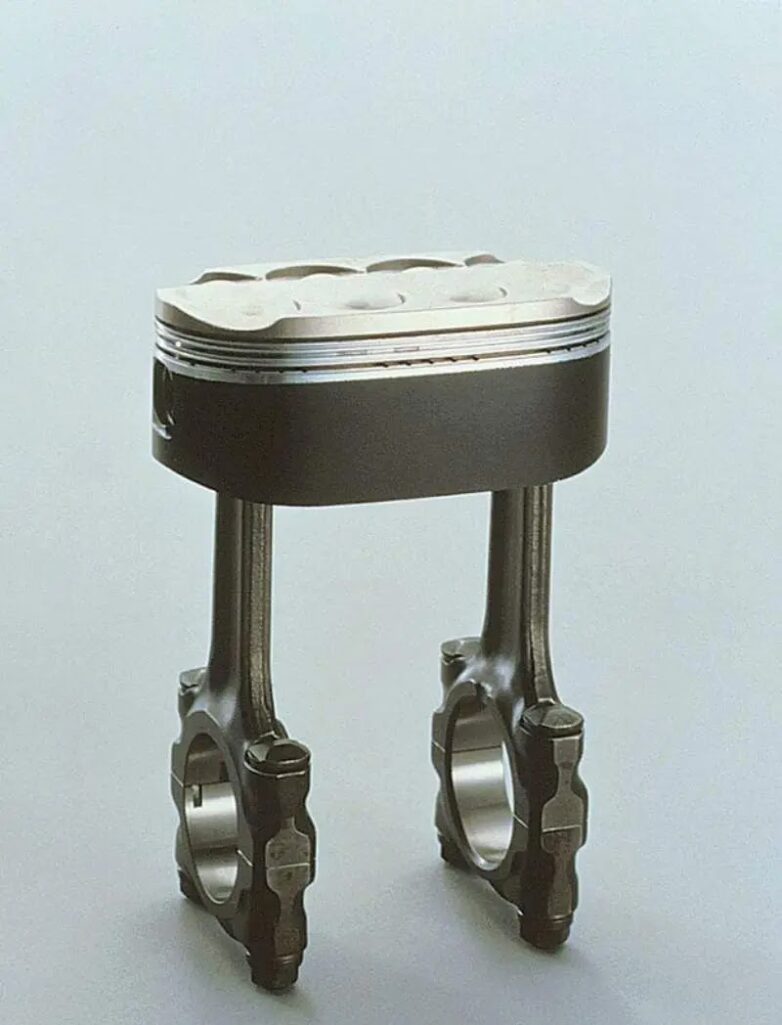
At that time, 2-stroke engines were the norm in all motorbikes. They were powerful enough to produce up to 120 hp, but Honda didn’t like them. Honda favored more the 4-stroke engines and decided to produce a powerful 4-stroke engine to power their NR500 and overtake their opponents. But this wasn’t an easy step.
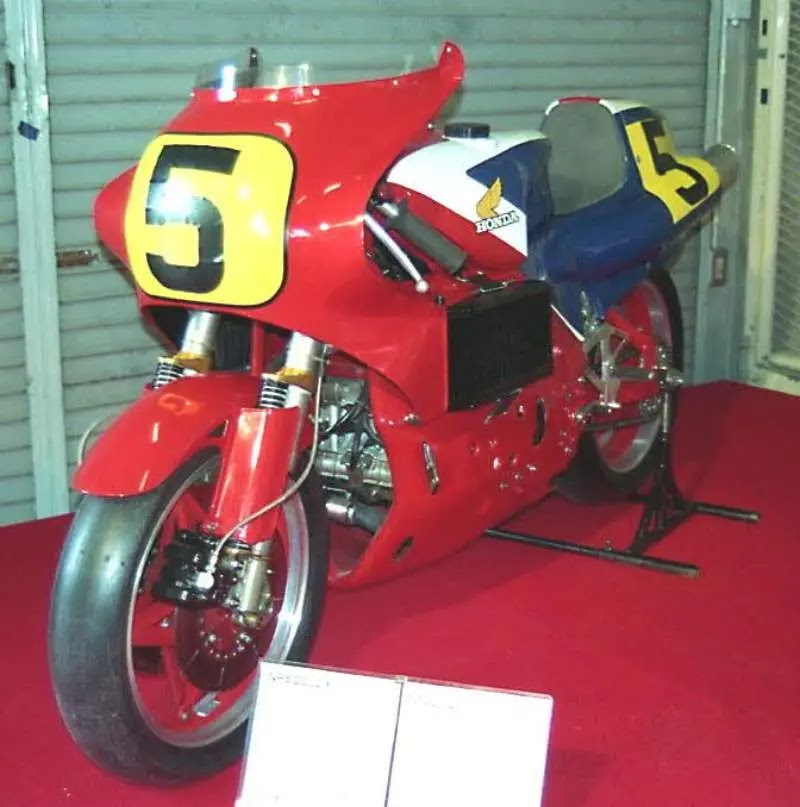
Honda’s comeback to Grand Prix racing in 1977 marked the beginning of the NR series. The 2-stroke engines were lighter and produced more power than 4-strokes, so Honda would have to come up with something new to have a successful engine.
Honda had to develop a unique solution to compile with Grand Prix regulations limiting engines to four cylinders and 500cc size. And this was the main reason that made Honda think smart this time!
Honda decided to build a V8 engine to get the massive amount of power needed but in the form of a V4 engine. This was something unpredictable by all of Honda’s opponents.
Using two con-rods for each of the oval pistons meant that the engine would have 32 valves in total. An increase in air and fuel mixture per cylinder produces a greater compression rate, and a higher compression rate equals more power.
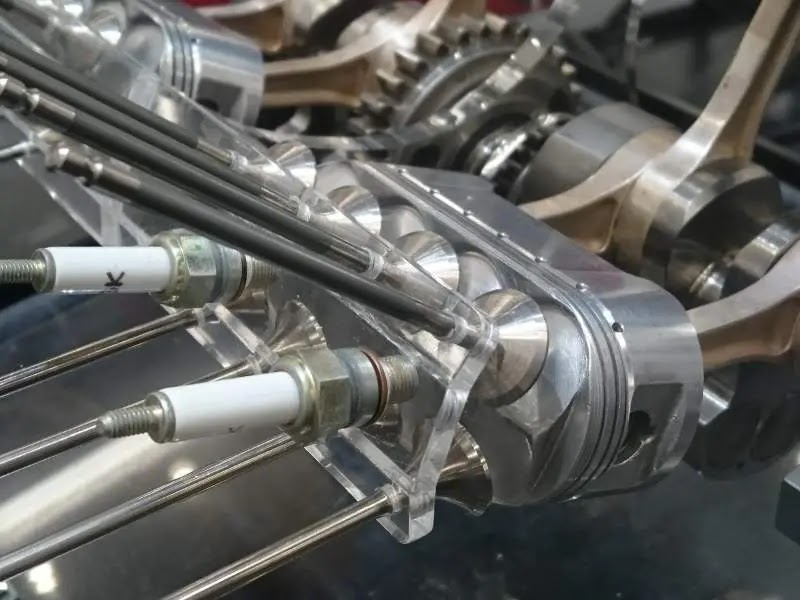
Although the oval form was unusual, in reality, it was just two standard pistons that had been put together. Honda employed oval pistons for the first time in this bike.
How Efficient was the Oval Piston Engine?
The process of fitting all of this into a standard V4 was really challenging and complicated. It wasn’t until 1979 that Honda made it into Grand Prix racing with the NR500.
At 20,000 RPM, the engine generated 130 horsepower, but due to two-stroke dominance, this wasn’t enough to keep up. Despite their increased output, Honda’s engines did not perform well on the race track. Even though Honda used an oval piston engine to win the 1981 Suzuka 500-Kilometer Race, this was their only win with this engine.

Weight was its significant downside. With its bigger cylinder head, the 4-stroke engine weighed more than the two-stroke by 20 kg. Because of the added bulk around the head, the engine’s center of gravity and overall balance was affected.
Never Stop!

A year or two later, in 1987, the NR returned, this time in the form of a 750cc V4. At the time, the NR750 was the most powerful and technologically sophisticated 4-stroke racer on the market. However, it was not permitted to compete in any GP series because of its capacity restriction of 500cc.
Oval Pistons vs Normal Pistons
Honda began its testing phase using a 2-valve, single-cylinder engine to ensure that the oval piston would work perfectly before building the whole engine. At some point, they reached an eight-valve, single-cylinder configuration. By this point, the development team had already encountered several issues.
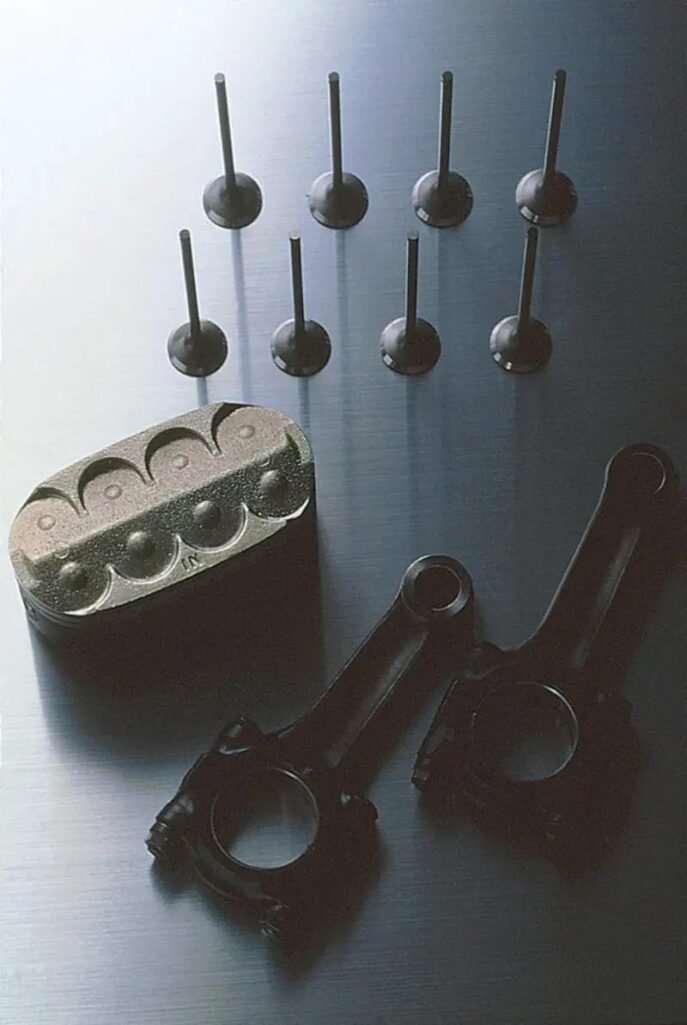
When the engine speed exceeded 10,000 RPM, a problem known as the “sudden disintegration” would arise. The twisting of the connecting rods was its main problem.
An oval piston features two rods, unlike a conventional piston. As the engine speed increased, the rods would bend, causing the piston pin to be pulled out of its appropriate alignment and resulting in the components breaking.
What do you think of Honda’s concept of having two pistons merged into one oval-shaped piston? Don’t you think this idea should take further development?

